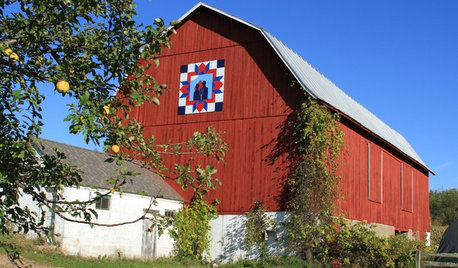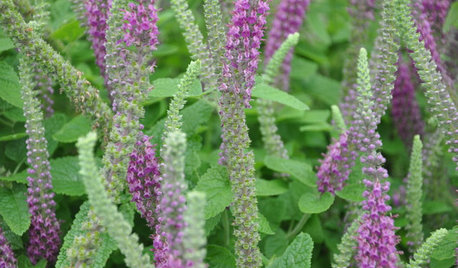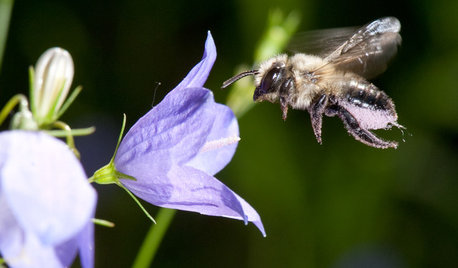Alfalfa
Julian125
10 years ago
Related Stories

ARTBarn Quilts Piece Together a Community
One man with one beautiful idea transforms Wisconsin’s Shawano County
Full Story
FEEL-GOOD HOME9 Smells You Actually Want in Your Home
Boost memory, enhance sleep, lower anxiety ... these scents do way more than just smell good
Full Story
GARDENING GUIDESPut Out the Welcome Mat for Leafcutter Bees in Your Garden
Provide a diversity of flowering plants from spring through fall for these charismatic native bees, and you won’t be disappointed
Full Story
GARDENING GUIDESGardening Solutions for Heavy Clay Soils
What’s a gardener to do with soil that’s easily compacted and has poor drainage? Find out here
Full Story
GARDENING GUIDESLearn the Secret to Bigger and Better Roses
Grow beautiful roses using both ordinary and unusual soil amendments
Full Story
WINTER GARDENINGPruning Secrets for Exquisite Roses
Encourage gorgeous blooms year after year with this time-tested advice on how to prune your rosebush in winter for health and shape
Full Story
GREEN BUILDINGWhy You Might Want to Build a House of Straw
Straw bales are cheap, easy to find and DIY-friendly. Get the basics on building with this renewable, ecofriendly material
Full Story
FARM YOUR YARDIf You Have Room for Only One Summer Crop ...
Get an edible that’s long on flavor even if you’re short on space, with a long-time gardener’s favorite picks
Full Story
GARDENING GUIDESInvite Cellophane Bees to Your Garden by Providing Patches of Bare Soil
Look for cellophane bees (Colletes) pollinating flowering trees and shrubs in U.S. gardens this spring
Full Story
GARDENING GUIDESTackle Weeds the Natural Way
Instead of dousing your yard with chemicals to wipe out weeds, let time and nature work their magic via smothering and solarization
Full StorySponsored






Kimmsr
Julian125Original Author
Related Professionals
Sand Springs Landscape Architects & Landscape Designers · Allentown Landscape Contractors · Downey Landscape Contractors · Fountain Valley Landscape Contractors · Peachtree City Landscape Contractors · Pikesville Landscape Contractors · Pleasant Prairie Landscape Contractors · Quincy Landscape Contractors · St. Louis Landscape Contractors · Gurnee Driveway Installation & Maintenance · Madison Fence Contractors · Bartlesville Fence Contractors · Bixby Fence Contractors · Eastvale Fence Contractors · Independence Fence Contractorswest9491
Julian125Original Author
Bryan Scott
Kimmsr
Julian125Original Author
Kimmsr
Bryan Scott
Julian125Original Author